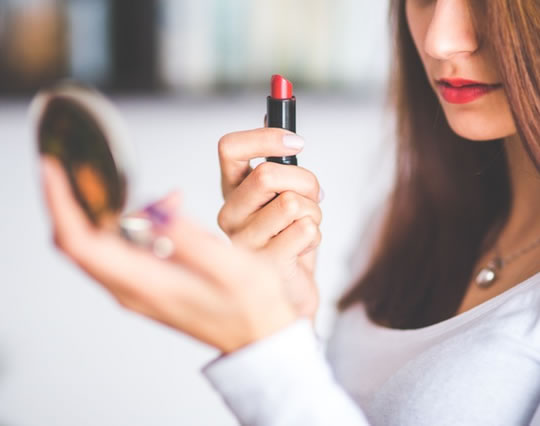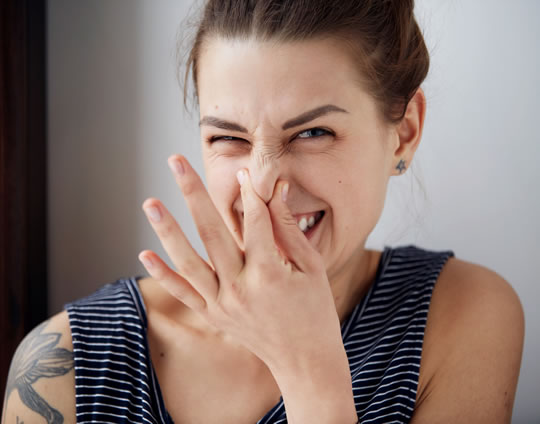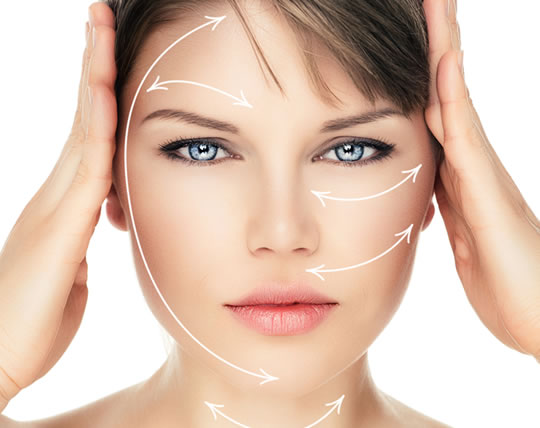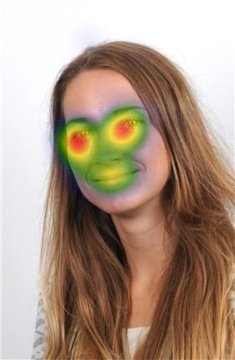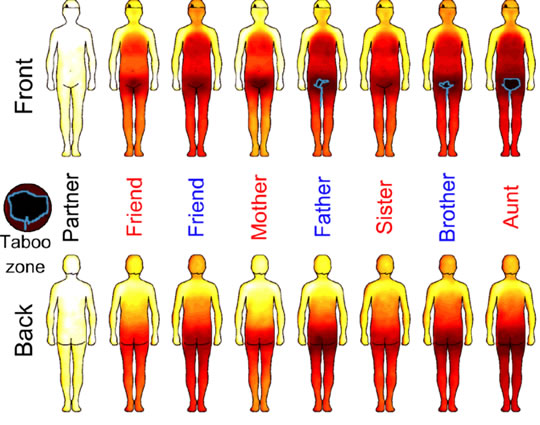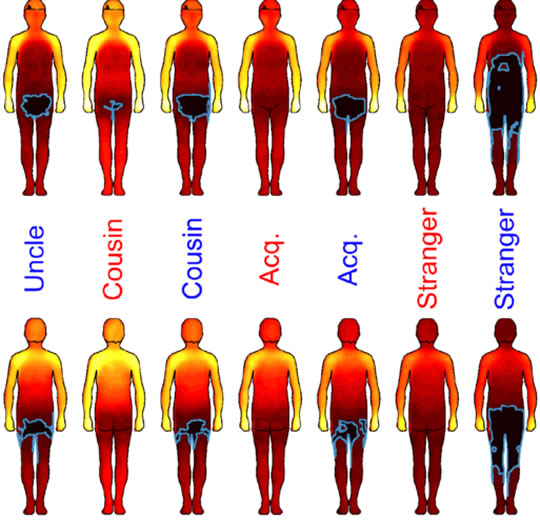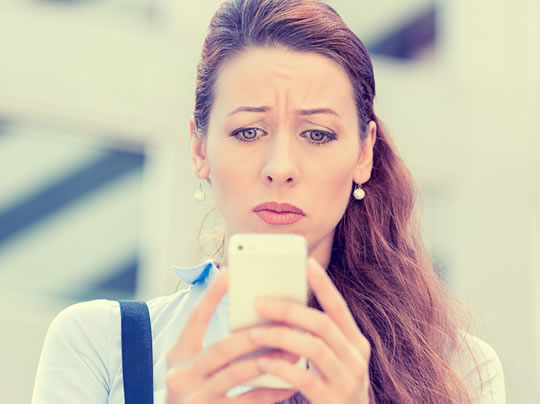Let’s face it, many people seem to have no clue how to pick their own profile picture.
You should let someone else choose your online profile picture, new research suggests.
The advice is sound whether it is for a dating profile, LinkedIn, or just for Facebook.
Other people pick more flattering profile pictures for us than we select for ourselves, it emerges.
Others seem to know better which pictures make us look more attractive, competent or trustworthy — whichever the context requires.
Dr David White, the study’s first author, said:
“Our findings suggest that people make poor choices when selecting flattering images of themselves for online profile pictures, which affects other people’s perception of them.
This effect is likely to have a substantial impact on online interactions, the impressions people form and the decisions they base on them, including whether to employ, date, befriend or even vote for someone.
Previous work has shown that people make inferences about an individual’s character and personality within a split second of seeing a photograph of their face, so our results have clear practical implications; if you want to put your best face forward, it makes sense to ask someone else to choose your picture.”
For the study, 102 students rated their own photos and those of strangers.
People were consistently better at picking profile pictures for others than for themselves.
Some examples are below.
Along the top line are the best and worst photos that people selected for themselves for each context: Facebook, dating and professional.
Along the bottom are the images that other people selected for each of those contexts.
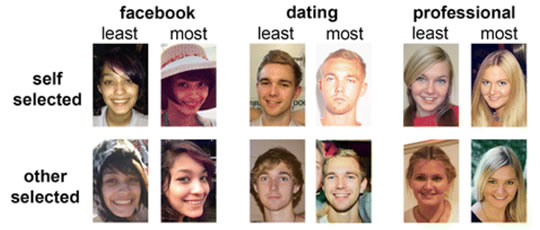
The pictures they picked for others were a better fit for the intended site, Dr White said:
“Our results demonstrate that people know how to select profile pictures that fit specific networking contexts and make positive impressions on strangers: dating images appear more attractive, and professional images appear more competent.”
The study was published in the journal Cognitive Research: Principles and Implications (White et al., 2017).
The images are taken from White et al. (2017)

